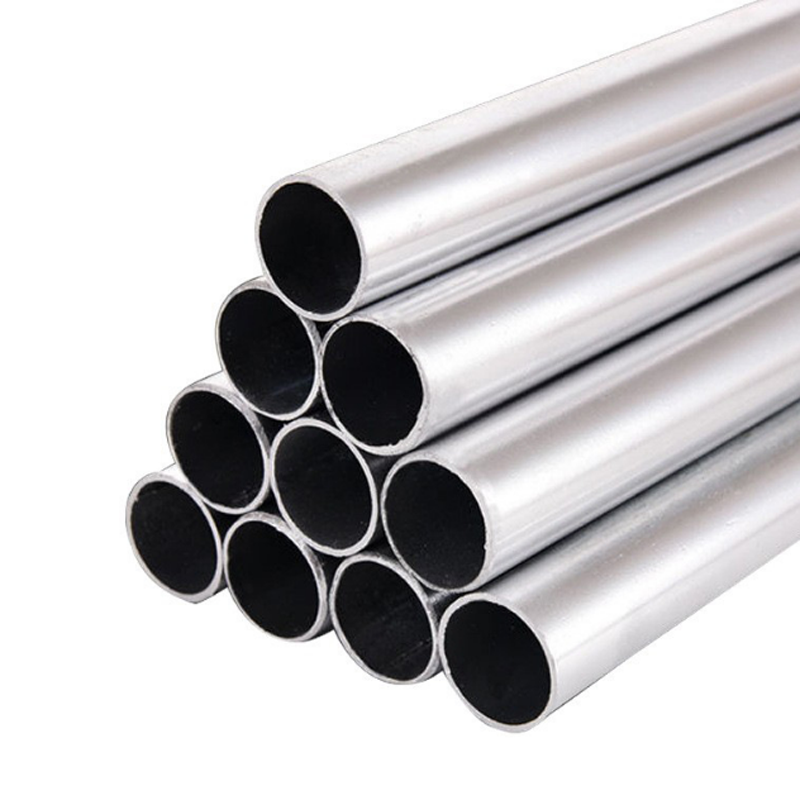What is the difference between cable trunking and conduit?
◉ When it comes to electrical installations, ensuring that wiring is safe and organized is crucial. Two common solutions for managing cables are cable troughs and conduits. While both serve the purpose of protecting and organizing cables, they have distinct differences that make them suitable for different applications.
◉ Cable Trunking is an enclosed channel system that provides passage for cables. Cable trunking is usually made of materials such as PVC or metal and is designed to contain multiple cables in one accessible location. This makes it ideal for environments where large amounts of cables need to be organized, such as commercial buildings or industrial settings. The open design of the trunking allows for easy access to cables for maintenance or upgrades, making it a first choice for installations where frequent replacements may be required.
◉ Conduit, on the other hand, is a tube or pipe that protects electrical wires from physical damage and environmental factors. Conduit can be made from a variety of materials, including PVC, metal or fiberglass, and is often used where cables need to be protected from moisture, chemicals or mechanical impact. Unlike cable trunking, conduits are usually installed in a way that requires more effort to access the cables inside, making them better suited for permanent installations where frequent cable modifications are not required.
◉ The main difference between cable trunking and conduit is their design and intended use. Cable raceways provide easy access and organization of multiple cables, while conduit provides strong protection for individual wires in more demanding environments. The choice between the two depends on the specific needs of the installation, including factors such as accessibility, protection requirements and the environment in which the cable will be used. Understanding these differences can help ensure that electrical systems are safer and more efficient.
→ For all products,services and up to date information,please contact us.

